Clear Eyes, Healthy Pets: Recognizing and Treating Eye Problems in Dogs and Cats
Your dog keeps one eye half-shut during your morning walk. Your cat suddenly avoids sunny windows and hides in the shadows. These subtle changes can be easy to brush off, but they often mean something more serious is happening inside the eye.
Eye problems can progress quickly, and waiting to see if it gets better may cost your pet their sight. At Oliver Animal Hospital in Austin, TX, our team understands that squinting, tearing, and redness are not small issues. They are signs that deserve prompt attention. With wellness care, urgent visits, advanced diagnostics, and surgical capability, we help families protect their pet’s vision and comfort for the long run.
Recognizing Eye Pain and Discomfort
Because pets cannot explain pain in words, they show it through behavior. Dogs and cats experiencing eye discomfort may squint, blink excessively, paw at their face, or rub against furniture. Many avoid bright light, hide in darker areas, or become hesitant to move around familiar spaces.
These changes can be accompanied by irritability, lethargy, or appetite loss. Some pets even become less playful because of the constant discomfort. Seeking veterinary attention as soon as these behaviors appear can prevent a manageable condition from progressing into permanent damage.
Corneal Ulcers: When the Surface of the Eye Breaks
Corneal ulcers are open wounds on the clear surface of the eye. They often result from scratches, foreign bodies, or underlying diseases that weaken the cornea.
Symptoms include squinting, redness, excessive tearing, light sensitivity, and pawing at the face. Some pets hold their eye closed entirely because of the pain.
Treatment may involve antibiotic or protective drops, pain management, and in some cases, surgical repair. Without care, ulcers can deepen rapidly, leading to rupture of the eye or permanent blindness.
Conjunctivitis: A Common but Misleading Condition
Conjunctivitis occurs when the thin tissue covering the eye and eyelids becomes inflamed. It may be caused by allergies, irritants, bacteria, or viral infections.
Signs include redness, swelling, discharge, and frequent pawing. Clear discharge may suggest allergies or viral infections, while yellow or green discharge is more often linked to bacteria.
Treatment depends on the underlying cause. Bacterial conjunctivitis requires antibiotics, while allergic cases respond better to anti-inflammatory medications and environmental changes. Left untreated, conjunctivitis can become chronic and cause permanent irritation or scarring.
Breed-Specific and Hereditary Concerns
Some eye problems are inherited and may not appear until later in life. Hereditary eye disease includes progressive retinal atrophy, cataracts, and structural abnormalities.
Certain breeds face higher risks:
Pannus is common in German Shepherds and Belgian Tervurens. It is an immune-mediated corneal disease that clouds the eye and requires lifelong management.
Flat-faced breeds such as Bulldogs, Pugs, and Persian cats have shallow sockets and protruding eyes, which increases their risk of injury and dry eye.
Lens dislocation is another urgent condition, most often seen in Terriers. When the lens shifts out of place, it can block fluid drainage and cause glaucoma.
Entropion occurs when the eyelid rolls inward, causing lashes to rub against the cornea. This often needs surgical correction. It’s more common in brachycephalic breeds and breeds with extra facial skin like Chow Chows, Shar Peis, and Bloodhounds.
Cataracts vs. Nuclear Sclerosis
Cloudiness in the eye often raises concern for pet owners. Knowing the difference between cataracts and nuclear sclerosis is important.
- Nuclear sclerosis gives the eye a bluish haze but usually does not significantly impair vision. It is a normal aging change.
- Cataracts, on the other hand, are opaque and block light from entering the eye, often leading to blindness. Cataracts may be caused by age, diabetes, trauma, or genetics.
Some pets benefit from cataract surgery, while others adapt with environmental changes such as consistent furniture placement and verbal cues to guide them.
Dry Eye (Keratoconjunctivitis Sicca)
Dry eye, or KCS, develops when tear production is insufficient. Without protective tears, the cornea becomes vulnerable to irritation, infections, and long-term damage.
Signs include sticky discharge, repeated conjunctivitis, a dull or sticky eye surface, and frequent blinking. Over time, untreated dry eye may cause corneal scarring and vision loss.
Treatment usually involves daily use of tear-stimulating medications and lubricating drops. Pets with KCS require lifelong monitoring to protect their comfort and preserve vision.
Glaucoma: A True Emergency
Glaucoma occurs when fluid pressure inside the eye rises and damages the optic nerve. This condition is extremely painful and can cause blindness within hours.
Symptoms include squinting, an enlarged or cloudy eye, dilated pupils, and sudden behavioral changes such as refusal to play or eat.
Treatment requires immediate veterinary intervention to relieve pressure and preserve vision. Because glaucoma can progress so quickly, pet owners should treat any sudden change in eye appearance or behavior as an emergency.
Cherry Eye: The Third Eyelid Gland Problem
In some dogs, the tear gland in the third eyelid prolapses outward, creating a visible pink or red swelling known as cherry eye.
Signs include a visible pink or red mass, excessive tearing, and rubbing at the face. While it may not seem painful initially, untreated cherry eye can cause chronic irritation and eventually lead to dry eye.
Treatment usually involves surgery to reposition the gland. Removal is not recommended because it increases the risk of lifelong dry eye.
When to Seek Immediate Veterinary Care
Recognizing ocular emergencies can mean the difference between saving vision and permanent blindness. Seek immediate care if your pet experiences:
- Sudden severe redness or swelling
- Penetrating injuries or chemical exposure
- Visible foreign bodies such as foxtails
- Head trauma with uneven pupils or blood in the eye
- Sudden blindness or disorientation
Even minor-seeming eye issues can worsen quickly. If you are unsure, it is always safer to call your veterinarian.
At-Home Care and Prevention
Pet owners can help protect their companion’s eyes with simple daily habits. Healthy eyes should look clear and bright with no excessive tearing or discharge. If you notice debris, gently wipe it away with a damp cloth. Avoid cotton swabs or harsh solutions, which can irritate the eye.
If your veterinarian prescribes medications, use proper administration techniques to keep treatments effective. Reward calm behavior during handling to make home care less stressful.
Prevention also means scheduling regular wellness exams. Routine checks allow veterinarians to detect subtle changes before they become emergencies. Senior pets and high-risk breeds often need more frequent monitoring.
Protecting Your Pet’s Vision with Oliver Animal Hospital
Eye problems can escalate quickly from minor irritation to emergencies. Squinting, tearing, or redness should never be ignored. The team at Oliver Animal Hospital provides urgent care, routine wellness exams, dental care, surgery, and same-day appointments. We are here to address both sudden eye problems and long-term health needs.
If you notice any concerning changes in your pet’s eyes, do not wait. Request an appointment online or call us at (512) 892-1000. Our compassionate, experienced team is ready to protect your pet’s comfort and vision with world-class care.


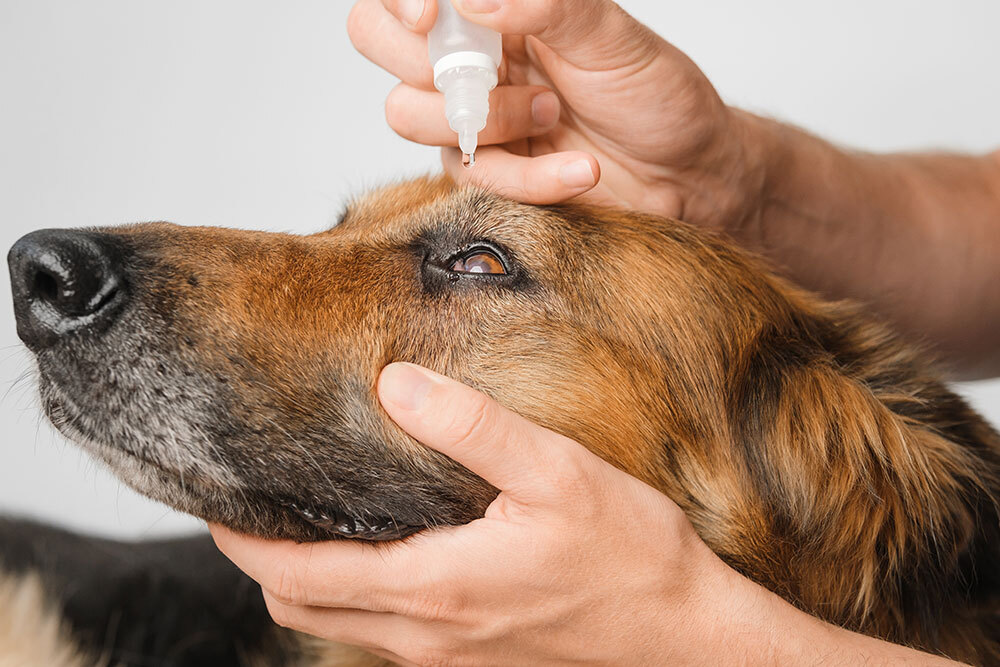
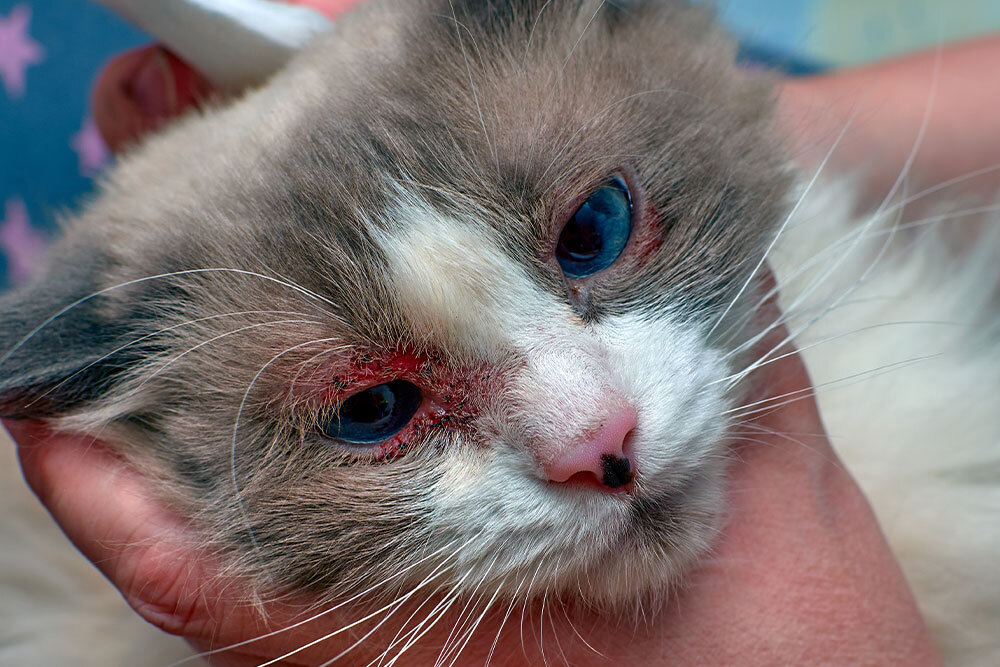
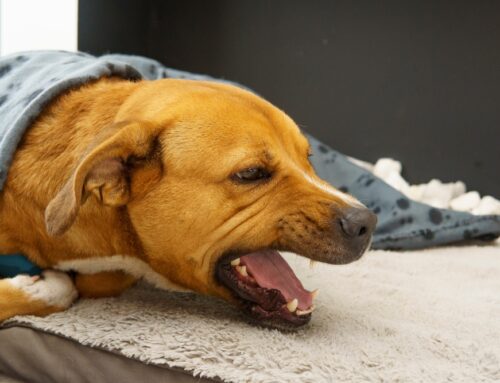
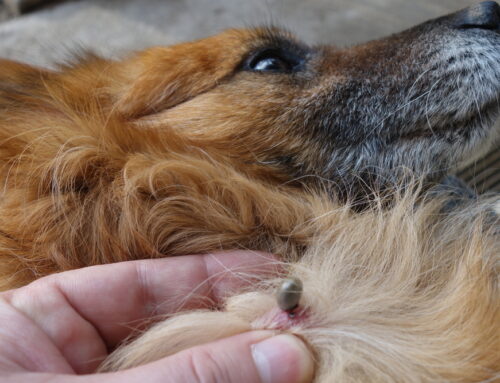
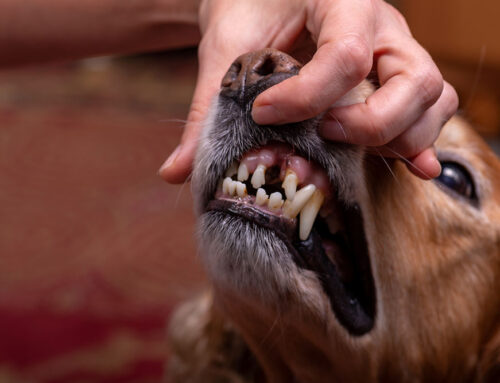
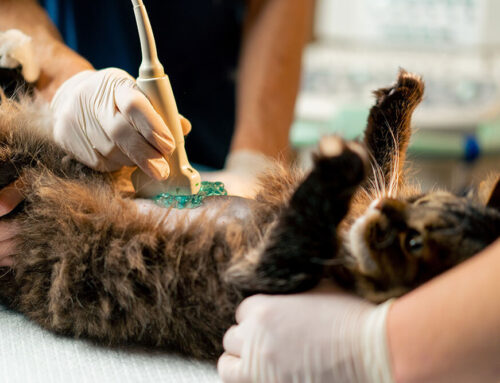
Leave A Comment